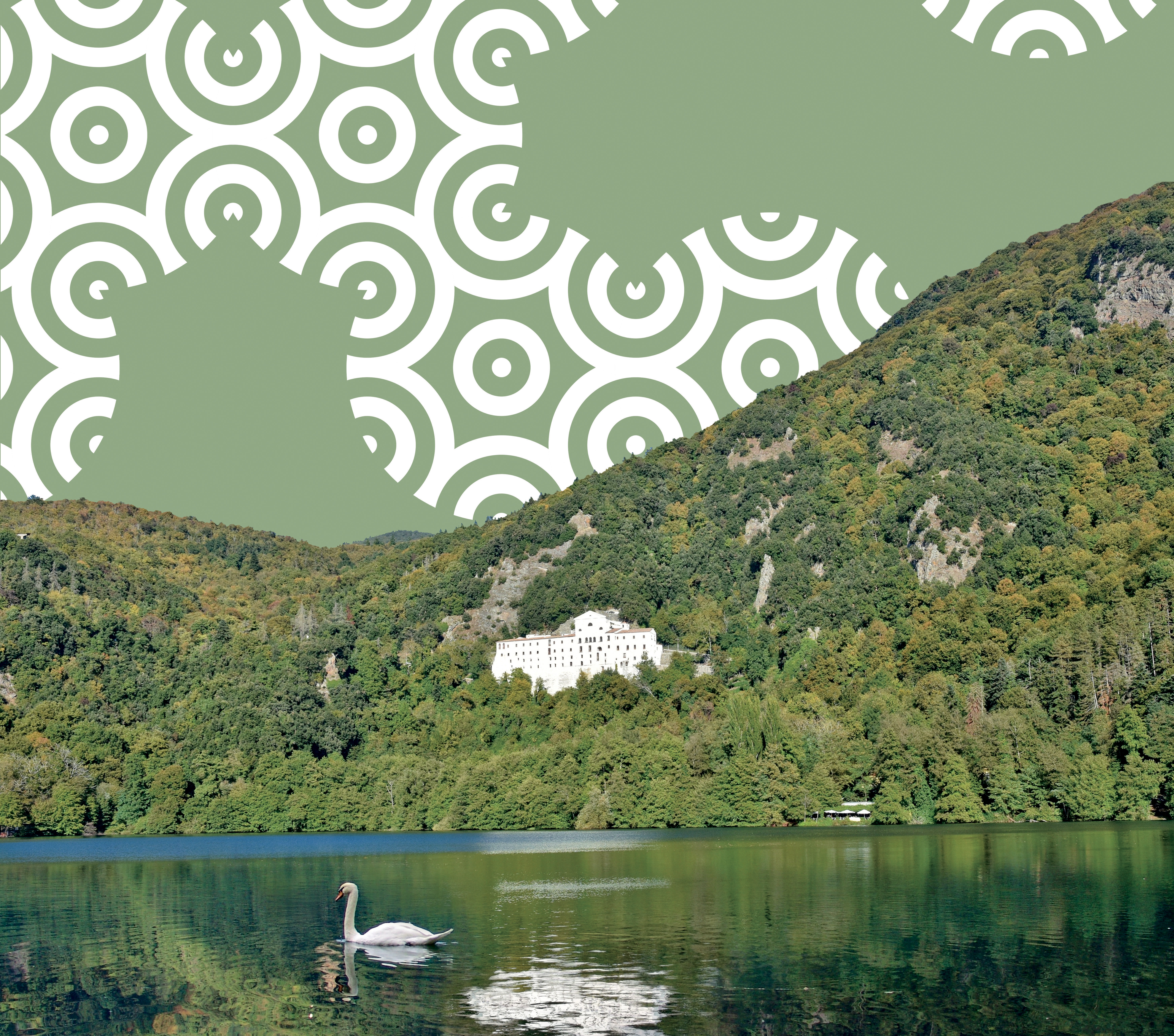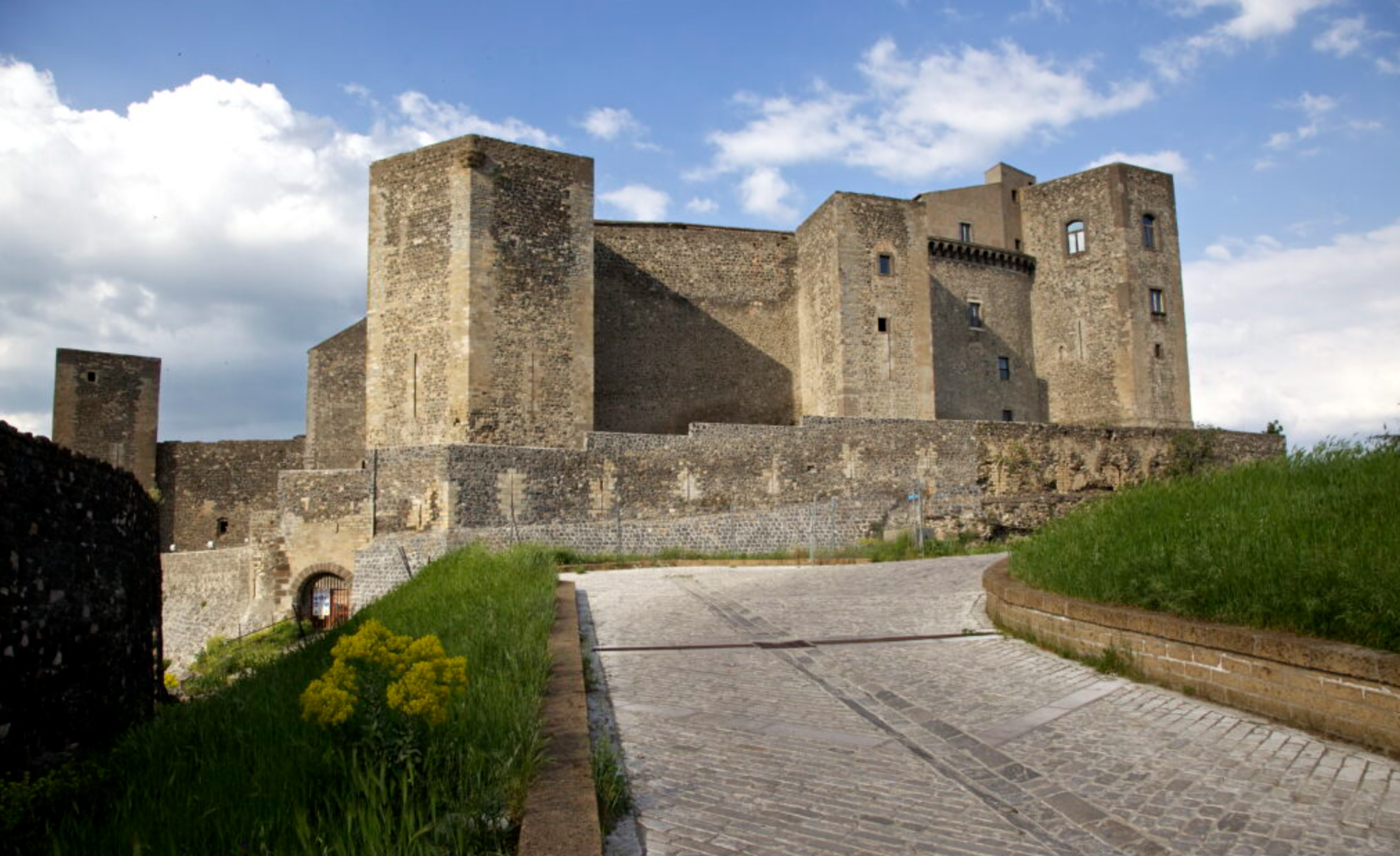
Vulture-Alto Bradano area in Basilicata, Italy
One of the highest less-known potential places for further cultural tourism development is considered to be in the “Vulture-Alto Bradano” area due to its unique combinations of natural green areas formed on the former volcano, with rich and certified agri-food production, as well as historical elements that date back to pre-history, the Romans and wealthy medieval times with the presence of the court of the Emperor Frederick II. In old times, this area was an important intersection of roads and river navigation routes, being a true crossroad between the central and Tyrrhenian part of Italy (i.e. the big cities of Rome and Naples), the Ionian area (with Greek settlements), and the Adriatic area (with harbours from where ships were sailing mainly to the eastern civilisations).
The most famous Roman roads crossing the region are the Appia Road and Herculea Road. Based on its peculiar characteristics and high potential for circular and sustainable cultural tourism development, the Vulture-Alto Bradano area, in which the two cities of Venosa and Melfi are located, is identified as the specific pilot heritage site in the Be.CULTOUR project. Be.CULTOUR will enhance two unique itineraries:
- The Roman Ancient Appian Road “Regina Viarum”, a project promoted by MIBACT (Italian Ministry for Culture and Tourism) and aimed at connecting and enhancing the consular road built from 312 BC onwards; and
- The “Bradanica Cultural Road”, an itinerary characterized by cities with important artistic and historic heritage, combining traces preserved in the castles of Federico II of Svevia, in museums, archaeological areas and in the ancient neighbourhoods of Sassi.
The city of Venosa itself, is plunged in vineyards and hiking trails at the crossroad of the “Queen of Roads'' and the Cultural Bradanica Route. The area of the Mount Vulture and the city of Venosa has been selected as the pilot area, particularly suited for the development of a cultural touristic offer that embraces localization at the crossing point of natural, historic and artistic itineraries: the Roman Ancient Appian Way - Regina Viarum, and the Bradanica Cultural Road. The Appian Road, listed as UNESCO world heritage, was Rome’s first road and Europe’s first ‘highway’. It was 350 miles long and linked Rome with strategic ports in Southern Italy, where ships would sail to Greece and the East. Each place is linked to poetry, music and science recalling the figures of the Latin poet Horace, the madrigalist Gesualdo da Venosa or Pythagoras. The Archaeological Park of Venosa (included as a pilot heritage site) has adopted INVENTUM, a 3D augmented reality application that allows visitors to discover the characters and historical character of the place.
Action Plan
The 6 Be.CULTOUR Pilot Heritage Sites co-developed their action plans with their local ecosystem.
This co-creative work was based on the human-centred approach applied in
Be.CULTOUR in order to meet the needs of the local communities, valorise the unique cultural
heritage in remote destinations, and develop innovative solutions that would contribute to the
implementation of circular mind set in cultural tourism.
Be.CULTOUR Challenge:
The most important challenges concerning the Vulture-Alto Bradano pilot area for which we want to propose innovative solutions through the Be.Cultour project are to:
- Contribute to the circular and sustainable development of rural areas, in line with the global objectives related to the twin transition
- Increase the employment level of young people and women in the tourism and culture sectors
- Differentiate the cultural tourism offer by proposing innovative experiences, attracting different targets of visitors (both Italian and foreign), proposing new solutions to enhance natural landscapes and cultural sites;
- Deseasonalise and increase the cultural and tourist offer with special attention to new emerging target groups (e.g. remote workers, digital nomads, proximity travellers, etc.);
- Improve and innovate the cultural tourism offer in support of local tourism, building up loyalty programmes
We want to accelerate virtuous processes that push the actors of cultural tourism sector in Basilicata (public and private) to have a circular and sustainable approach, which will allow the region to reuse and valorise cultural heritage sites, reduce the excessive consumption of resources, to face the seasonality of tourism and to decrease the pressure and the risks for culture and local identity, addressing the abandonment and depopulation of rural areas and the limited accessibility of remote areas.
Pandemic Impacts:
The COVID-19 pandemic had a major impact in the tourism of Basilicata. Tourism arrivals were halved during the 2020 season, causing a major hit to the local economy. The whole region faced a decrease of -55% in arrivals and -51% in overnight stays. The Vulture area faced a drop of -45% in arrivals and -47% in overnight stays. The total number of beds and accommodations available was slightly decreased at regional level, but slightly increased in the Vulture area and Matera. A lesson learnt from the very short 2020 tourism season is that inland and green areas attract more travellers than in the past, due to lower population density and safety provided in remote areas.
Innovation Areas: Contemporary meanings of Heritage; Remote Working Destination; Sensorial Heritage Experience; Nature As Heritage; Proximity Travel
Key Stakeholders: The Regional government, hospitality and tour operator consortiums, all the Municipality & Villages in the area, the Vulture Park, the Basilicata Creativa Cluster, networks of companies in the area (tourist enterprises, agri-food, crafts, performing arts, heritage, etc.), Basilicata Chamber of Commerce, the University of Basilicata, the startups born from University spin-offs and regional incubators, banks operating in the area, and other interested subjects at local, national and European level.




